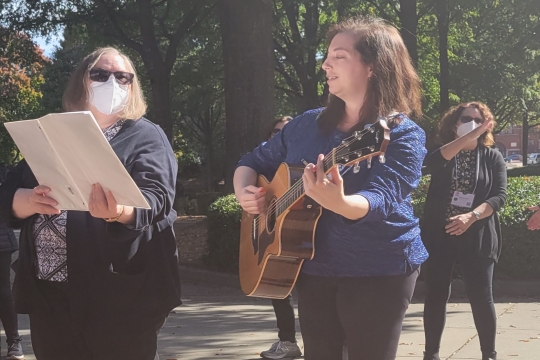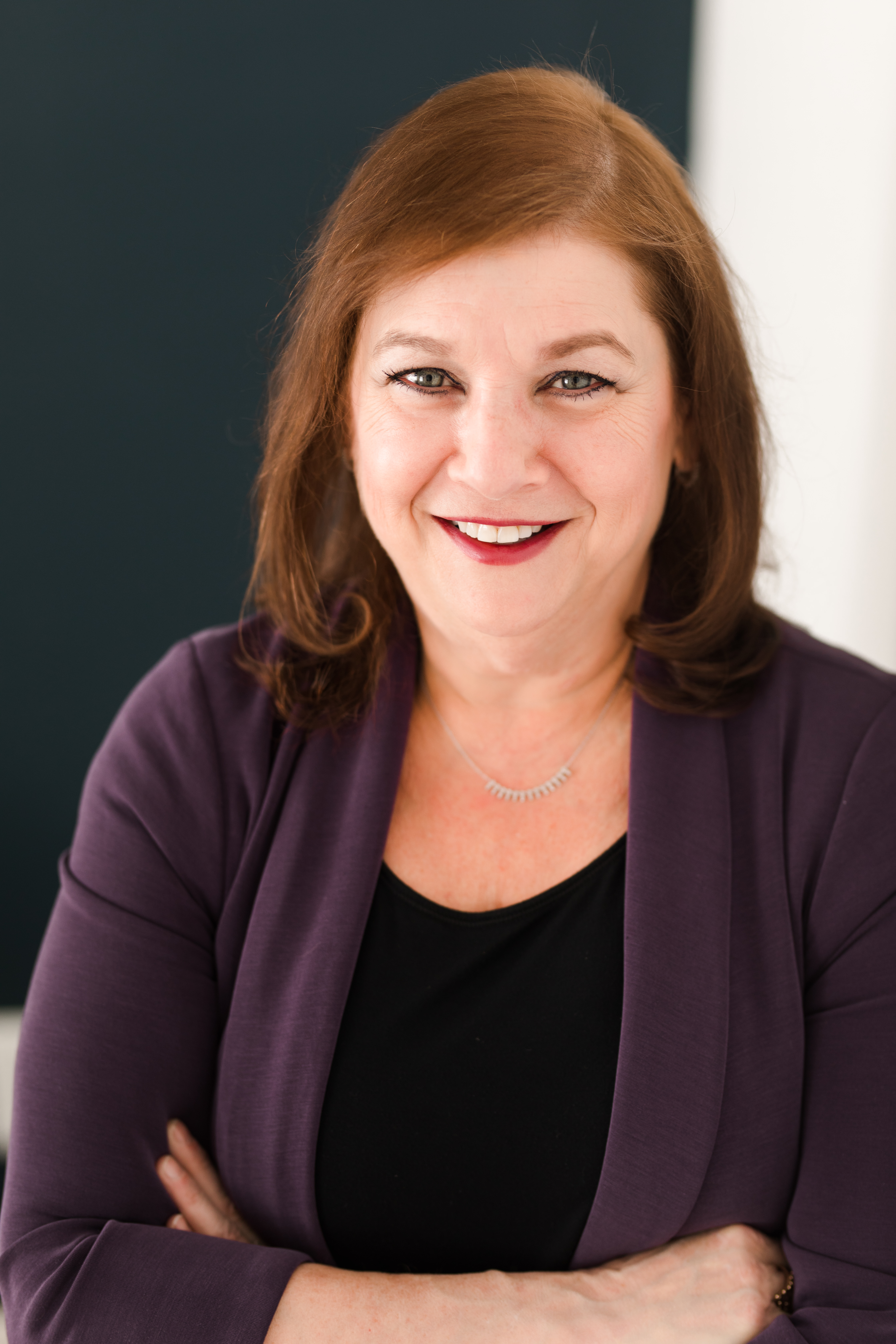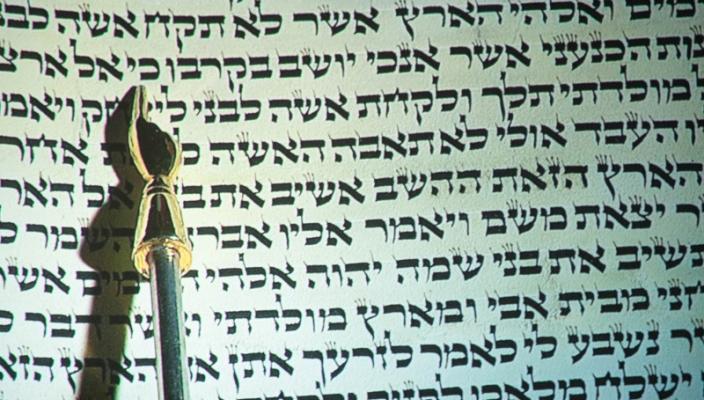
In this week’s Parsha Tzav, the Ko-ha-neem, the High Priests, are given detailed instructions on how to offer sacrifices right down to what they should wear. Of course, sacrifices are not part of our Jewish practice today, but I do see some of these important lessons and principles demonstrated within WRJ and our sisterhoods in many things we do.
As I studied this portion, some important themes like preparation, leadership, instruction and connection came to mind. In our women’s groups we understand the importance of preparation. Whether planning a worship service, social action project or fundraising event, we make sure all details have been attended to. Our goal is for everyone who attends and participates to feel the “kavanah,” the warm intention of the heart from all who created the event.
And while each new leader will bring her own personal spirit and enthusiasm to the position, she will need to rely on the detailed instruction and wisdom of those who came before her. Passing on the vital skills of preparation, organization and communication is how we maintain the fabric of our sisterhoods and provide the continuity that our members come to rely on.
WRJ understands the importance of leadership development. Nurturing new leaders is how we ensure a strong future for sisterhoods and Reform Judaism. I will always be grateful to WRJ for providing me with the training and education I needed to become a successful leader within my sisterhood and community.
I encourage all women to take advantage of the many resources available through WRJ and your local District including:
- Virtual Fried Women’s Conference - May 1, 2020
- District Area Days & Conventions
- Online Webinars & Educational Opportunities
- Social Action Campaigns
- Yammer
- And more!
I hope you will plan to attend the Virtual Fried Women’s Conference 2020. This gathering will provide you with a meaningful experience to learn and worship with your WRJ sisters from all over the world. Hundreds of attendees will tune in together to hone their leadership skills and deepen connections with other women, receive tools for intergenerational programming, and learn more about WRJ's advocacy work. Participants will leave feeling empowered and rejuvenated, and with the support of the WRJ community, be better prepared to guide their own women’s groups and serve as leaders in their communities.
One thing I found most interesting in this portion was the emphasis on keeping the fire going.
In Leviticus 6:6 we read… “A perpetual fire shall be kept burning on the Altar, not to go out.”
The act of keeping this fire burning is sacred and holy. Our involvement with sisterhood and WRJ gives us the opportunity to keep the fire burning in so many ways. We do this through our service to the congregation, our community, our youth, through social action initiatives and engaging in Tikkun Olam.
We lead by example by working hard to understand, to learn, to listen and to be there for one another. We speak out for social justice and stand up for those in need, even when that stand may be difficult. And we come together in spirit, celebrating our diversity to be a blessing for those in need.
We connect in various ways, in good times, in bad times, through events and through shared values. As sisters we learn, we laugh, we celebrate, and we cry together. When we come together in sisterhood our fire truly creates a better world and future for everyone.
Women of Reform Judaism joins sisters with sisters, brings strength in numbers and combines our efforts to make a global impact. Through my involvement with WRJ I now have friends all over the North America. These relationships and connections are the true blessing of Sisterhood and Women of Reform Judaism.
So, what about what the High Priests wore? Apparently, the woman’s job of making sure our families are properly dressed goes back to ancient times.
Biblical evidence shows that women excelled in weaving, spinning and sewing. As it turns out, the fabrics that the “skilled women” wove for the Tabernacle (according to Exodus 35:25) were nearly identical to the material specified for the Priestly garments. So, although women are not mentioned in this parshah, it makes sense to assume that women held the important role of making those special vestments, weaving their way into our traditions and history.
Just as the fire on the Altar must not go out, so too must the fire within each of us remain burning. May each of us continue to weave our unique threads into the beautiful shawl of Judaism, enriching our congregations and communities for years to come. Kein yehi ratzon.
Susan Singer is a member of the WRJ Board of Directors and serves as Chair of the Audit and Finance Committee. She is the WRJ Central District West Michigan Area Director and Immediate Past President of Temple Israel Sisterhood, West Bloomfield, MI
Related Posts
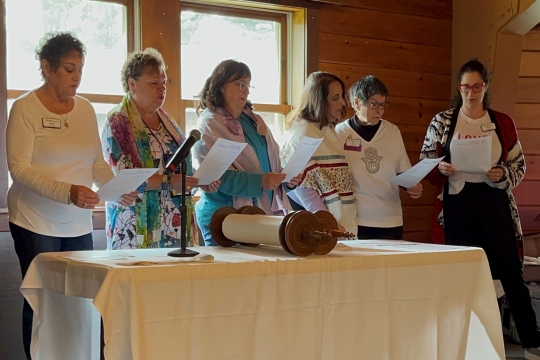
Parashat Yom Rishon shel Rosh HaShanah
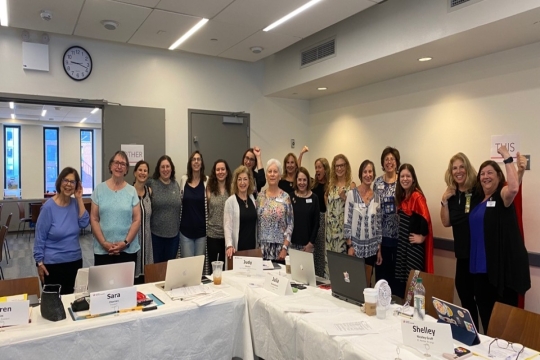
Cultivating a Culture of Accountability and Belonging
